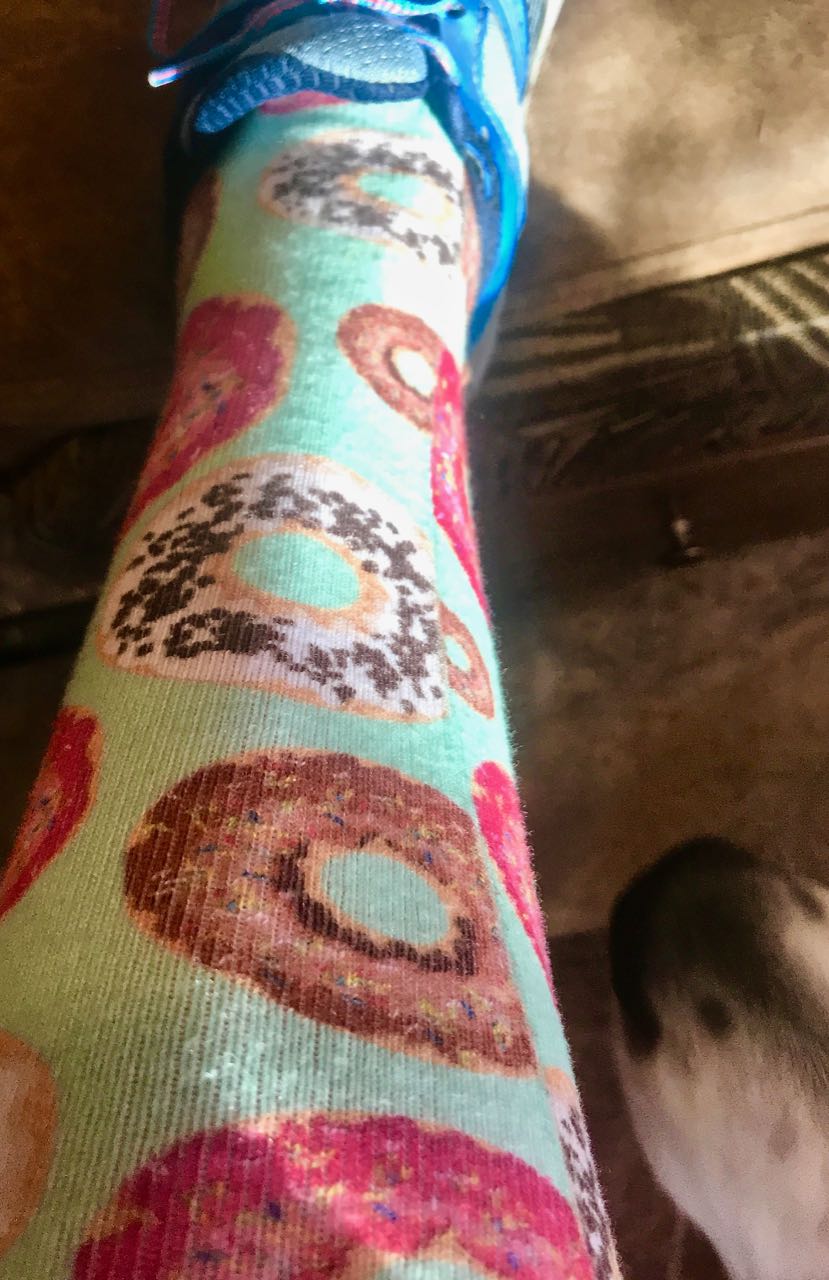I previously mentioned this article…
The authors’ study is an impressive one with large numbers and sophisticated statistical analysis.
And because I have written quite a few things myself, I know that authors of professional articles are just human beings like the rest of us — and so I wrote to the Corresponding Author with some questions; she was gracious and thorough in her responses.
In a Facebook discussion the issue of infection/pyometra was raised as a possible adverse event following Transcervical Insemination (TCI). As you might imagine, this chilled me to the bone.
I found one study that reported no post-TCI infections in dogs but the sample size was eight. While I am glad their study did not show any infections post-TCI, n=8 is not enough to inspire confidence.
The Hollinshead & Halon study was far more robust. Further, as a working practitioner as well as a researcher, Dr. Hollinshead reports having done approximately 2500 TCIs over many years.
Her response about post-TCI infections was not just small-n no but a very hard NO. Infections, including pyometra, are just not an issue with well-done TCIs.
She offered expected caveats — the equipment needs to be clean and the skill level of the practitioner needs to be solid, but she said, “The post insemination incidence of pyometra was so low in our study that it was not analysable.”
She went on to explain that the cervix is open when a bitch is in season, and that “…the uterus expels the bacteria and foreign material (dead sperm, extender etc) before the cervix closes and it becomes under the influence of progesterone.”
In other words, there is a clean-out system when mammals are bred because breeding is not a sanitary or sterile kind of thing. Mother Nature apparently knows what she is doing.
This does not mean Sparkle is safe from an adverse event but what it does mean is that if such a thing happens, it is so very much, much more likely that it is a coincidence rather than a consequence of the TCIs.
Remember — correlation is not causation. When two things happen together, it does not mean one caused the other.
Unless Lucky Socks are involved, of course.
And so there you go — evidence from a solid source with a robust data set. TCI does not/should not create an elevated risk of infection.







